
Self Portrait and Selfie in Street Pop Art and Graffiti Artwork
The concept of self-portraiture has evolved significantly within Street Pop Art and graffiti artwork, offering a medium for artists to connect with audiences on a deeply personal level. From traditional self-portraits captured through brushstrokes or photography to the rise of the selfie as an immediate and digital expression, these forms of representation hold a vital place in urban art. Within the frameworks of street art and graffiti, the self-portrait and the selfie embody the desire to assert identity and leave an enduring mark on public spaces.
Self-Portraiture as a Statement of Identity
In the context of Street Pop Art, self-portraiture serves as both a narrative and a declaration. Artists such as Jean-Michel Basquiat incorporated elements of their own identity into their works, creating a dialogue between their personal experiences and the sociopolitical issues of their time. Basquiat, a New York-born artist who passed away in 1988, used visual language to explore themes of race, class, and power, often embedding aspects of his own life within the chaotic vibrancy of his creations. For graffiti artists, the self-portrait often transcends its literal meaning, appearing as stylized tags or intricate mural pieces that represent the artist’s personality, struggles, and achievements. Self-portraiture in graffiti and street art amplifies the personal amid the public. Urban walls, train cars, and other unconventional canvases become platforms where an artist can cement their individuality and tell their story to the masses. In this way, the self-portrait becomes not just an artwork but also a lasting imprint of identity in shared spaces.
The Emergence of the Selfie in Street Art
The advent of digital culture has brought the selfie to the forefront as a contemporary extension of self-portraiture. Artists within the Street Pop Art movement have embraced the selfie as both a subject and a medium. Some create murals or installations that invite interaction, encouraging passersby to integrate themselves into the artwork through selfies. This blending of personal and collective expression aligns with the ethos of street art, which thrives on public engagement and accessibility. The use of selfies in graffiti artwork highlights the evolving dynamics between artist, viewer, and space. Through smartphone cameras and social media platforms, artists and audiences are co-creating narratives that celebrate individuality while fostering communal experiences. These interactions expand the impact of self-expression, turning temporary street art into global, shareable moments.
Impact of Self-Portraiture and Selfies on Modern Street Art
Self-portraiture and selfies continue to influence Street Pop Art and graffiti artwork, reshaping how identity and presence are expressed in urban spaces. While traditional self-portraits focus on the introspection of the artist, the integration of selfies introduces a collaborative energy that bridges the gap between artist and viewer. Works featuring this interactive approach invite exploration, making art more accessible while retaining its subversive spirit. The dialogue between the self-portrait and the selfie emphasizes the enduring relevance of personal storytelling in urban art. By adapting to the technological and cultural shifts of the modern era, Street Pop Art and graffiti artwork maintain their ability to reflect human experiences in meaningful and transformative ways. Both forms capture the essence of individuality and presence, ensuring their importance in the broader cultural landscape.

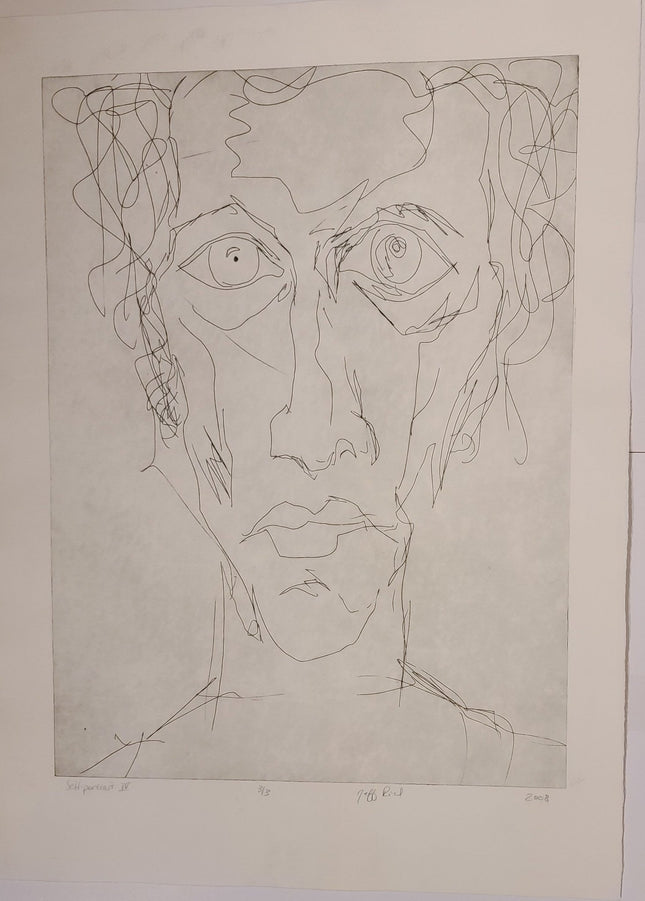
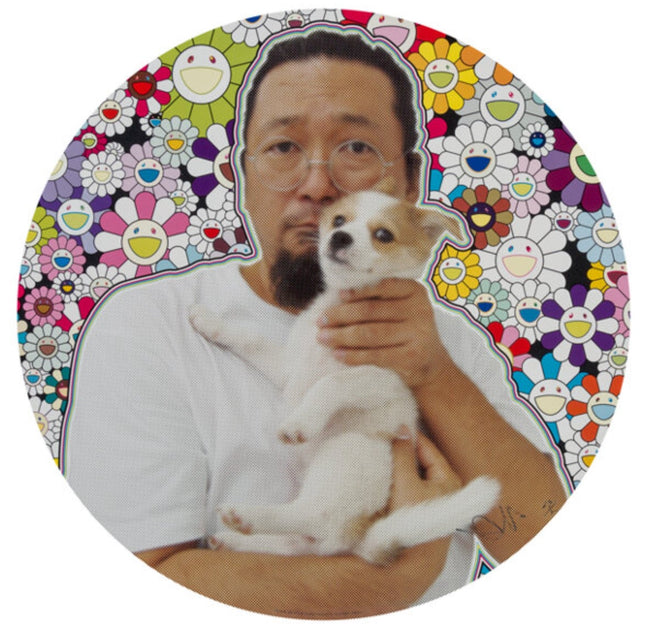

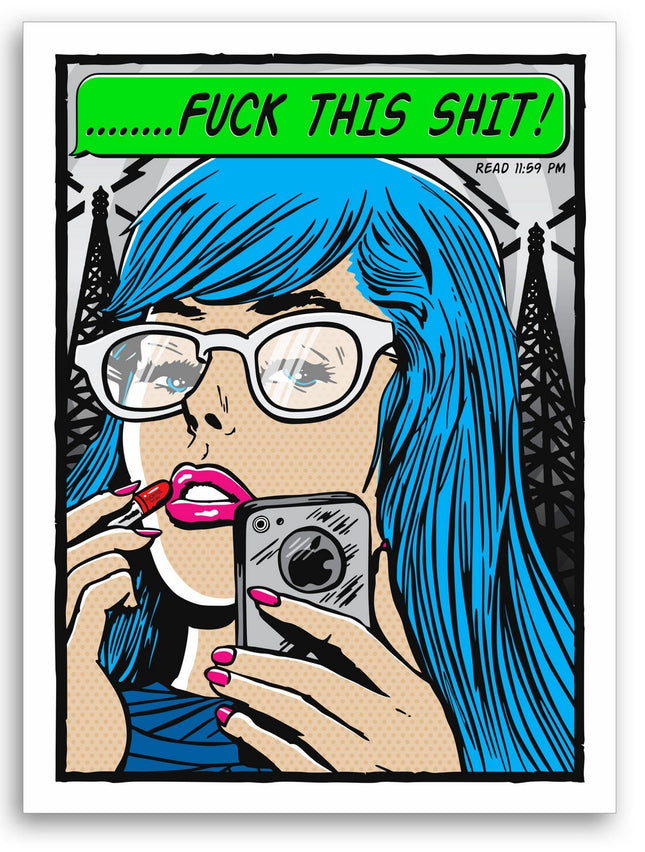

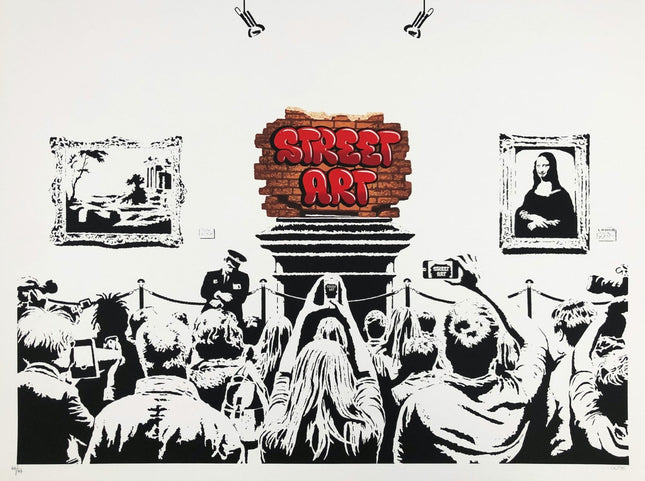
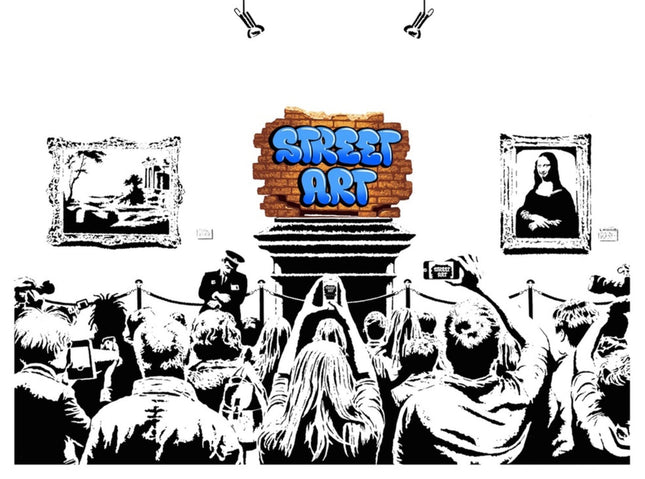
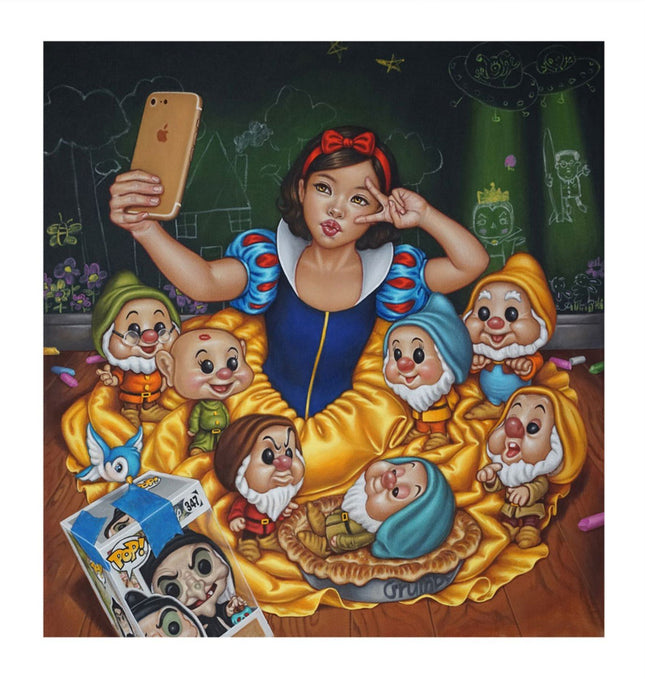

 العربية
العربية 简体中文
简体中文 Dansk
Dansk Nederlands
Nederlands Filipino
Filipino Suomi
Suomi Français
Français Deutsch
Deutsch Ελληνικά
Ελληνικά עִבְרִית
עִבְרִית हिन्दी
हिन्दी Íslenska
Íslenska Bahasa Indonesia
Bahasa Indonesia Italiano
Italiano 日本語
日本語 한국어
한국어 Latin
Latin Bahasa Melayu
Bahasa Melayu Norsk bokmål
Norsk bokmål فارسی
فارسی Português
Português Español
Español Svenska
Svenska ไทย
ไทย Türkçe
Türkçe Tiếng Việt
Tiếng Việt